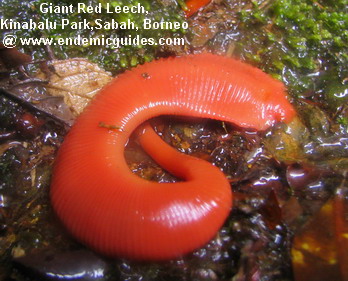
Furthermore, since the modulus is even, for any vertices, the path from to has odd weight if and only if and are colored with opposite colors. When all vertices are colored, an edge connects different colored vertices if and only if its weight is odd. We keep the same color across edges with even weight and change colors across edges with odd weight. From we color all other vertices by traversing the edges of the graph. We color each vertex of the tree black or white as follows: start at any vertex and color it black. Since or 3 (mod 4), we have that is odd and thus the modulus is even. Assume that is a modular Leech tree of order and that or 3 (mod 4). Suppose that is a modular Leech tree of order and or 3 ( 4) then for some integer. The proof is very similar to half of Taylor’s proof. However, with modular Leech trees over, Taylor’s condition only applies when is even. Taylor’s Condition for Modular Leech Treesįor the normal Leech trees, Taylor’s condition restricts the possible orders severely. In Section 2 we will see how Taylor’s condition applies to modular Leech trees, and in Section 3 we will enumerate all Leech trees of order at most 8. Since Leech trees are so difficult to come by, we consider the generalization to modular Leech trees.

have conjectured that no additional Leech trees exist. Since then it has been shown by several authors that no Leech trees of order, , or exist, leaving as the smallest open case. In 1977, Taylor proved that, in order for a Leech tree of order to exist, it must be that or for some integer. Leech found the five examples shown in Figure 1, which are to date the only ones known. The weight of a path is found by summing all of its edge weights. IntroductionĪ tree on vertices is said to be a Leech tree if its edges can be weighted with positive integers in such a way that each of the paths has a distinct weight from the set. In this paper we show that no modular Leech trees of order 7 exist, and we find all modular Leech trees of order 8.

In 2011 Leach and Walsh introduced the idea of labeling trees with elements of the group where and examined the cases for.

He found five such trees, and no additional trees have been discovered since. In 1975, John Leech asked when can the edges of a tree on vertices be labeled with positive integers such that the sums along the paths are exactly the integers.


 0 kommentar(er)
0 kommentar(er)
